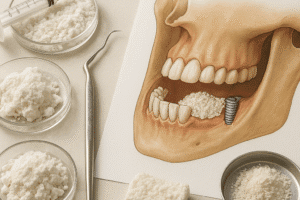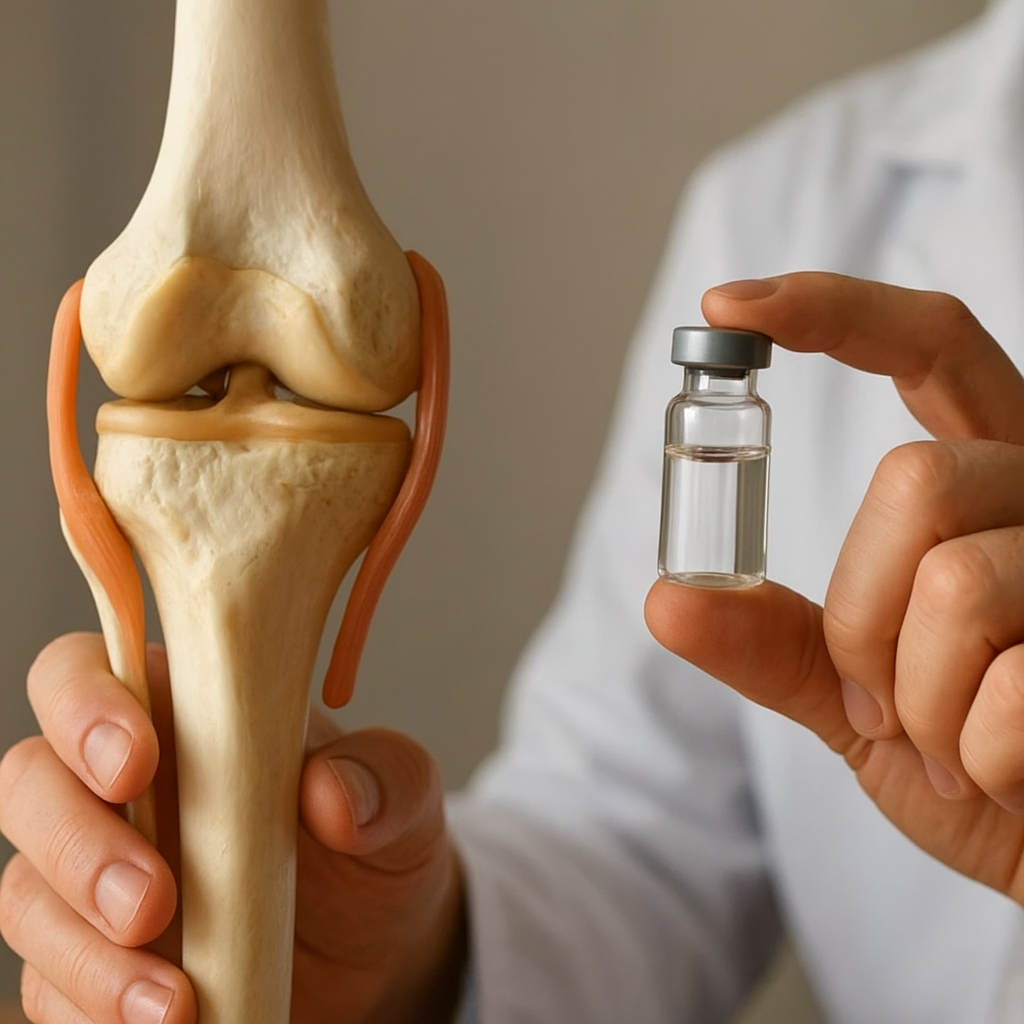Stress fractures are a common yet often misunderstood injury that can affect anyone, from athletes to casual walkers. These small cracks in the bone occur due to repetitive force or overuse, leading to pain and discomfort. Understanding how stress fractures occur and the preventive measures that can be taken is crucial for maintaining bone health and ensuring an active lifestyle. This article will delve into the mechanisms behind stress fractures, their symptoms, risk factors, and effective strategies for prevention.
Understanding Stress Fractures
Stress fractures are tiny cracks in a bone that develop gradually over time, primarily due to repetitive stress or overloading. Unlike acute fractures, which occur suddenly due to a specific injury, stress fractures are the result of cumulative trauma. They are most commonly found in weight-bearing bones, such as the tibia (shinbone), metatarsals (foot bones), and femur (thigh bone).
Mechanisms of Injury
The primary mechanism behind stress fractures is the imbalance between bone resorption and bone formation. When bones are subjected to repetitive stress, they undergo a process called remodeling, where old bone tissue is broken down and new bone tissue is formed. If the rate of stress exceeds the bone’s ability to remodel, micro-damage occurs, leading to stress fractures.
Several factors contribute to the development of stress fractures:
- Repetitive Impact: Activities that involve repetitive impact, such as running, jumping, or dancing, can increase the risk of stress fractures.
- Inadequate Recovery: Insufficient rest between training sessions can prevent the body from adequately repairing itself, leading to overuse injuries.
- Improper Footwear: Wearing shoes that do not provide adequate support or cushioning can increase the risk of stress fractures.
- Biomechanical Issues: Abnormalities in gait or foot structure can lead to uneven distribution of stress on the bones.
- Nutrition: A diet lacking in essential nutrients, particularly calcium and vitamin D, can weaken bones and increase susceptibility to fractures.
Symptoms of Stress Fractures
The symptoms of stress fractures can vary, but they typically include:
- Pain: A gradual onset of pain that worsens with activity and improves with rest.
- Swelling: Localized swelling around the affected area.
- Tenderness: Increased sensitivity when pressure is applied to the bone.
- Bruising: In some cases, bruising may occur around the fracture site.
If left untreated, stress fractures can lead to more severe injuries, including complete fractures, which may require surgical intervention. Therefore, recognizing the early signs and symptoms is essential for timely treatment.
Preventing Stress Fractures
Preventing stress fractures involves a multifaceted approach that includes proper training techniques, adequate nutrition, and attention to body mechanics. Here are some effective strategies to reduce the risk of developing stress fractures:
1. Gradual Increase in Activity
One of the most effective ways to prevent stress fractures is to gradually increase the intensity and duration of physical activity. Sudden increases in training volume can overwhelm the bones and lead to injury. A general guideline is to increase activity levels by no more than 10% per week.
2. Cross-Training
Incorporating a variety of exercises into your routine can help reduce the repetitive stress on specific bones. Cross-training activities, such as swimming or cycling, can provide cardiovascular benefits without the high impact associated with running or jumping.
3. Proper Footwear
Wearing appropriate footwear is crucial for preventing stress fractures. Shoes should provide adequate support, cushioning, and fit well to reduce the risk of injury. It is advisable to replace running shoes every 300-500 miles, as worn-out shoes lose their shock-absorbing properties.
4. Strength Training
Incorporating strength training into your fitness routine can help build muscle strength and improve bone density. Strong muscles support the bones and can help absorb some of the impact during physical activities, reducing the risk of stress fractures.
5. Nutrition
A well-balanced diet rich in calcium and vitamin D is essential for maintaining bone health. Foods such as dairy products, leafy greens, and fortified cereals can help ensure adequate nutrient intake. In some cases, supplements may be necessary, but it is advisable to consult a healthcare professional before starting any supplementation.
6. Listening to Your Body
Paying attention to your body’s signals is vital for preventing injuries. If you experience persistent pain or discomfort, it is essential to rest and seek medical advice. Ignoring pain can lead to more severe injuries and prolonged recovery times.
7. Regular Check-ups
Regular check-ups with a healthcare provider can help identify any underlying issues that may increase the risk of stress fractures. This is particularly important for athletes or individuals engaged in high-impact activities.
Conclusion
Stress fractures are a significant concern for anyone engaged in physical activity, but they can be effectively prevented through proper training, nutrition, and awareness of body mechanics. By understanding the mechanisms behind stress fractures and implementing preventive strategies, individuals can maintain their bone health and continue to enjoy an active lifestyle. Remember, the key to preventing stress fractures lies in listening to your body, allowing for adequate recovery, and making informed choices about training and nutrition.













